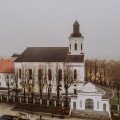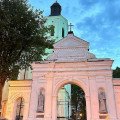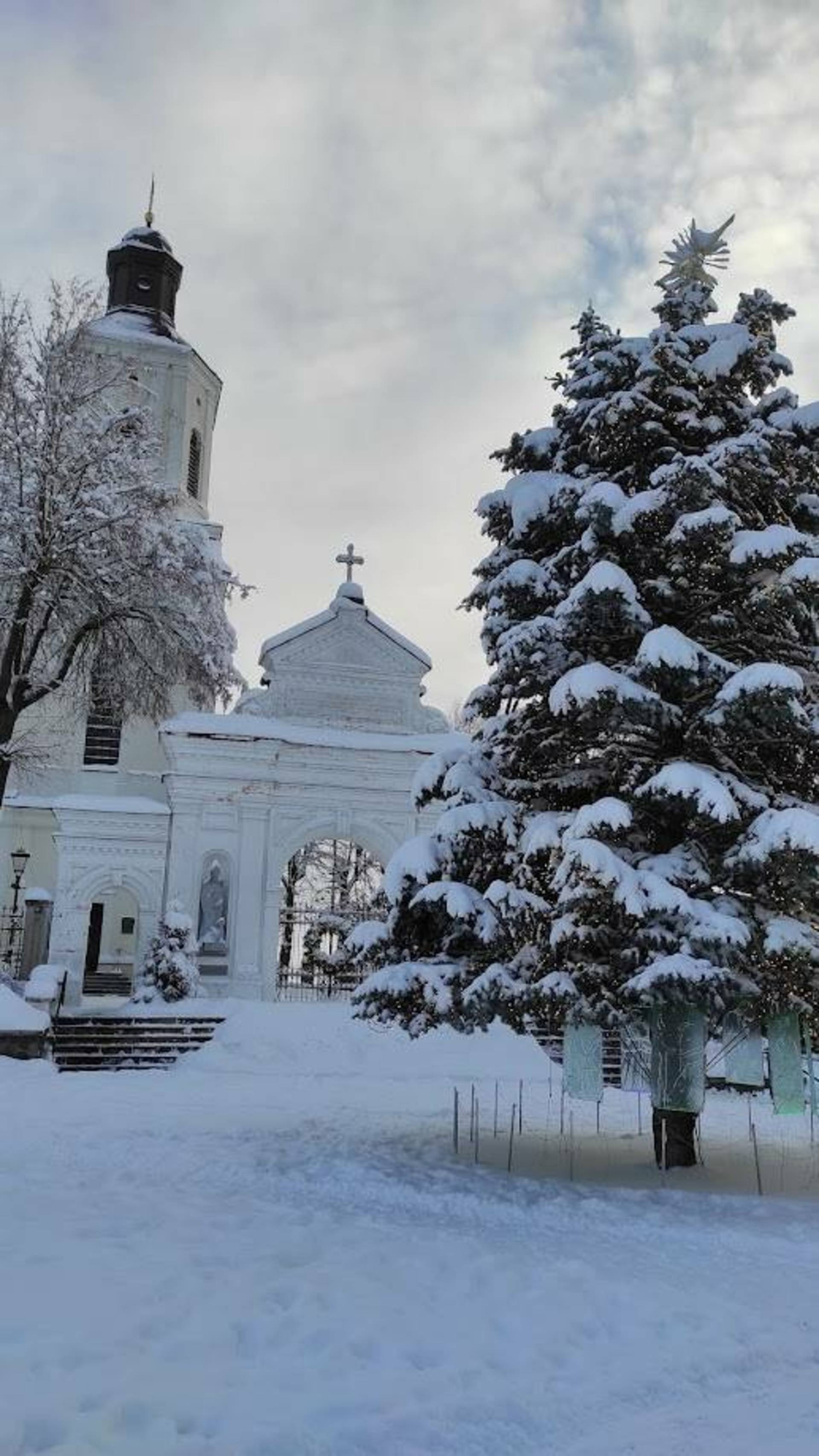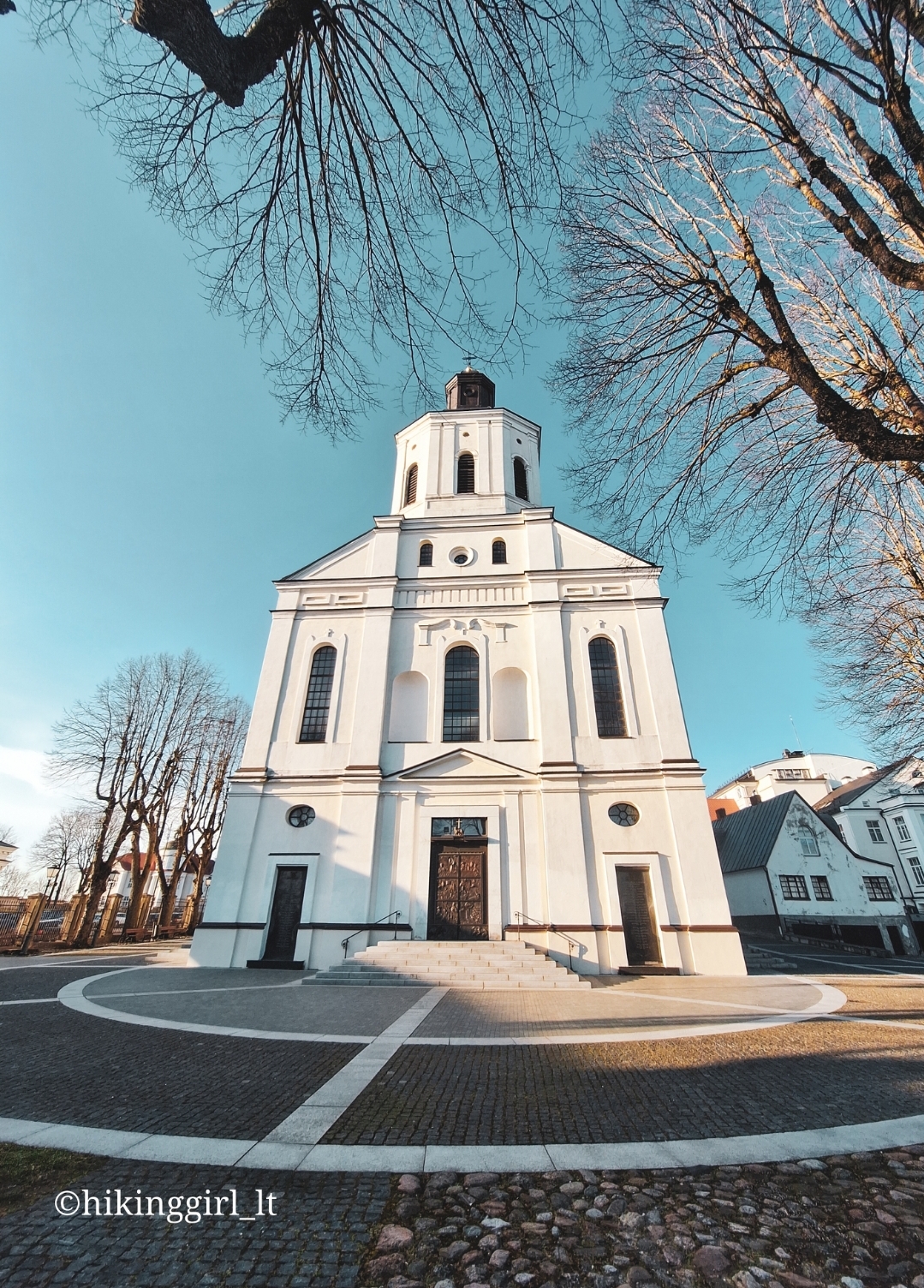Telšiai Cathedral of St. Anthony of Padua

322

1

0
0 out of 5
(0 reviews)
The sacred architectural complex of the Bernardine Monastery and the Seminary in Telšiai is one of the most important cultural heritage sites in Samogitia, located on Insula Hill, on the northern shore of Lake Mastis. This complex, dating back to the 17th century, includes the Franciscan Bernardine Monastery, the church (which became a cathedral in 1926), the priest seminary, the bishop’s palace, and a school.
Info
-

Religious Heritage
-
Telšiai
-




+1

The sacred architectural complex of the Bernardine Monastery and the Seminary in Telšiai is one of the most important cultural heritage sites in Samogitia, located on Insula Hill, on the northern shore of Lake Mastis. This complex, dating back to the 17th century, includes the Franciscan Bernardine Monastery, the church (which became a cathedral in 1926), the priest seminary, the bishop’s palace, and a school.
The founding of the monastery in Telšiai was initiated by Telšiai's elder, Povilas Sapiega, and his wife, Kotryna Goslauskaitė-Valavičienė Sapiega. After approval from Sigismund III Vasa, a wooden, and later a brick monastery, was built in the 17th century. Special attention was given to the Loreto Chapel, which became the northernmost site of devotion to Our Lady of Loreto. The monastery church, built in the Renaissance and Classical styles, was completed in 1791 and consecrated in 1794.
In the 19th century, the Telšiai
Monastery underwent significant changes. In 1853, the Tsarist government closed the Franciscan monastery, and the church became the parish church of Telšiai. In 1926, the Telšiai church was designated as a cathedral, and the priest seminary was opened soon after. The first bishop of Telšiai, Justinas Staugaitis, played a crucial role in establishing the seminary and constructing the bishop’s palace.
The history of the cathedral is closely linked with prominent Lithuanian figures, including Bishop Vincentas Borisevičius, who was executed by the Soviet authorities in 1946. His remains were later reinterred in the Telšiai Cathedral.
The cathedral and its surroundings were renovated in preparation for the 600th anniversary of Lithuania’s Christianization. The doors were adorned with copper panels depicting the development of Christianity in Samogitia, and the gates of the churchyard were embellished with statues of saints.
Found a mistake?
Report

 Entertainment
Entertainment
 Food establishments
Food establishments





























 55.98234, 22.246219
55.98234, 22.246219
 Get directions
Get directions













